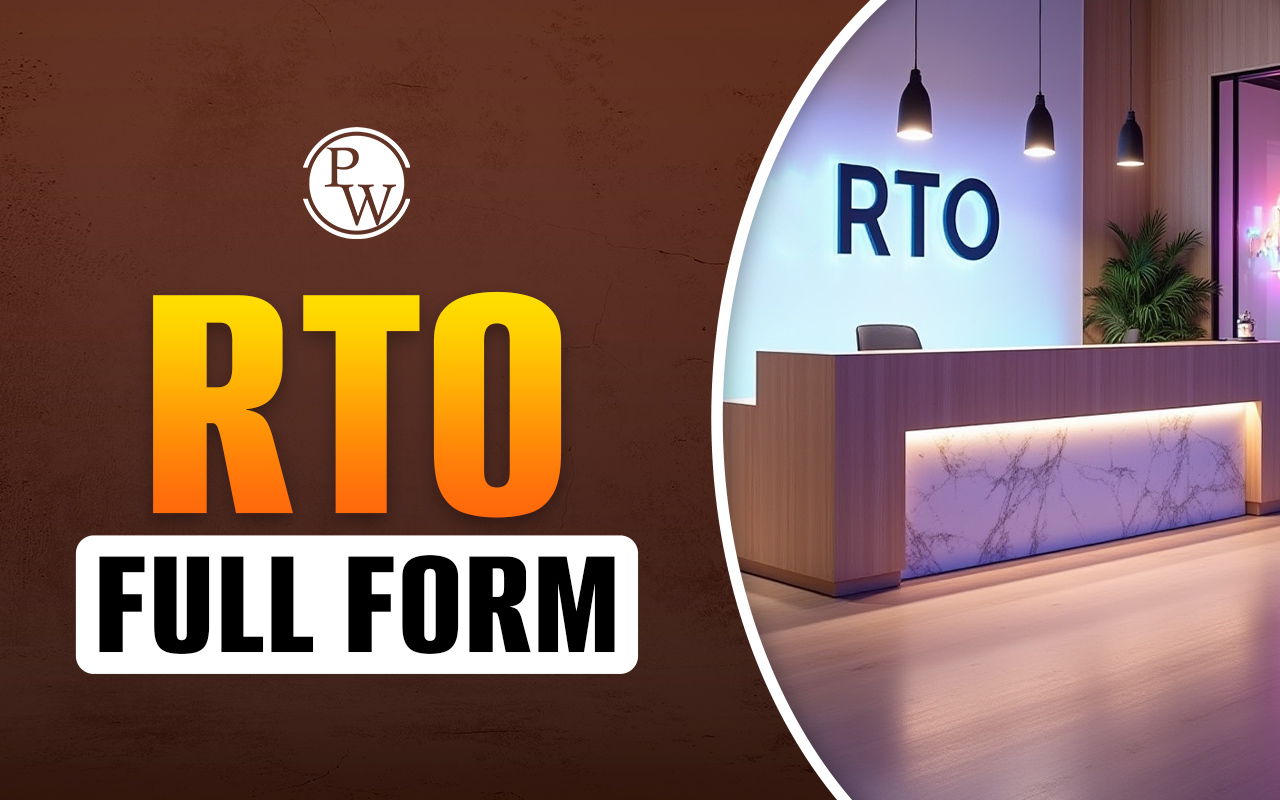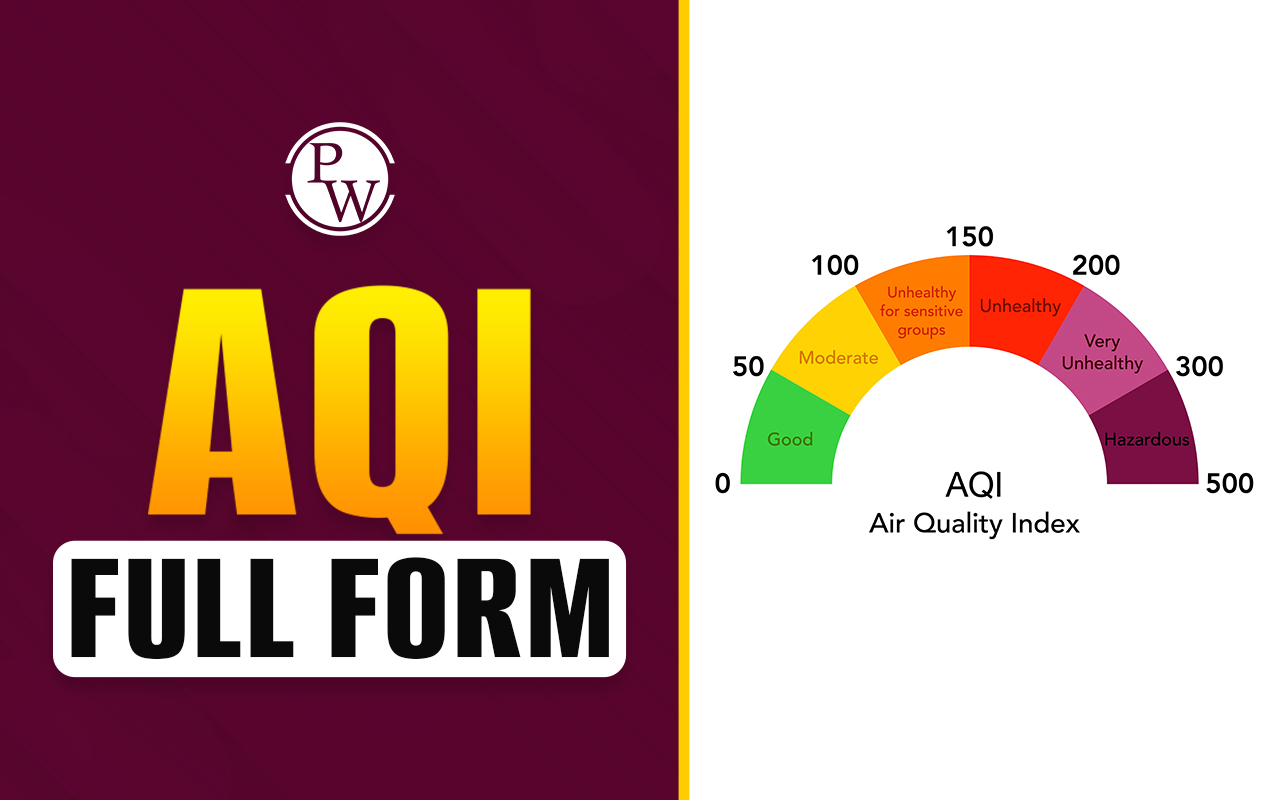

The full form of SSR is Sustained Silent Reading, commonly known as SSR, is an instructional strategy that is used in schools and educational institutions to encourage reading among students. It is a program that provides students with the time and space to read independently, allowing them to choose books that they are interested in and engage in self-directed reading. The goal of SSR is to help students develop a lifelong love of reading, increase their reading fluency, comprehension, and vocabulary skills, and foster critical thinking and self-reflection.
In SSR, students are given a specific amount of time, typically 15-20 minutes, to read silently. During this time, they should only read and do nothing else. The teacher's role is to monitor the students, not direct or interrupt their reading. The program is made to be low-stress and not scary so that students can enjoy reading without feeling like they have to do well.
Research has shown that SSR can have a big effect on how well students can read and understand what they read. By providing students with the opportunity to choose books that interest them and read at their own pace, SSR helps to build their motivation to read and increase their enjoyment of reading. Also, as students read more, their reading fluency and comprehension improve, which helps them do better in other subjects.
Benefits of SSR for Students
Sustained silent reading has numerous benefits for students, both academically and personally. Research has shown that SSR can improve students' reading ability, fluency, comprehension, and vocabulary skills. It also helps students develop critical thinking and self-reflection skills as they reflect on what they have read and make connections between their reading and their own experiences. Additionally, SSR can increase students' motivation to read as they are given the freedom to choose books that interest them. If students learn to love reading when they are young, they are more likely to keep reading throughout their lives. This can be good for their academic and personal growth.
Choosing Books for SSR
One of the most important parts of a good SSR program is picking books that are right for the students. It's important to think about the students' reading levels, interests, and skills when choosing books for SSR. Encouraging students to choose books that they are interested in can increase their motivation to read and help to build a love of reading. However, it is also important to provide students with a range of books to choose from, including books of different genres, levels, and themes. This can help students broaden their perspectives, increase their understanding of the world, and improve their critical thinking skills.
Implementing SSR in the Classroom
Implementing SSR in the classroom can be a straightforward process. First, set aside a specific time each day or week for SSR and provide students with the books and materials they need. During SSR, encourage students to read silently and independently and provide a quiet and relaxing atmosphere for them to do so. During SSR, the teacher's job is to keep an eye on the students and not stop or direct what they are reading. After SSR, teachers can have students talk about what they've read or think about what they've read. This helps students remember the ideas and skills they've learned.
Encouraging Student Engagement in SSR
To get more students involved in SSR, the program needs to be fun and rewarding. One way to do this is to provide students with incentives for their participation, such as recognition for their achievements, prizes, or special privileges. Another way to increase student engagement is to create a positive and supportive atmosphere for reading, such as by setting up a cosy reading corner or promoting the books students are reading. Teachers can also have students talk about what they've read or think about what they've read. This helps students remember the ideas and skills they've learned.
SSR and the Future of Education
Sustained silent reading is an important part of the future of education, as it helps to develop the skills and attitudes that are essential for success in today's rapidly changing world. SSR prepares students for a lifetime of learning and personal growth by getting them to read on their own, think critically, and think about their own experiences. As the world changes, reading and critical thinking skills will become even more important. This makes SSR an even more useful teaching method for teachers. By using SSR in the classroom, teachers can help make sure that their students are both academically and personally ready for the future.
[wp-faq-schema title=" SSR Full Form FAQs" accordion=1]
Q1. For what age group is SSR most appropriate?
Q2. Can SSR be done individually or in groups?
Q3. Should SSR be mandatory for all students, or should it be optional?












